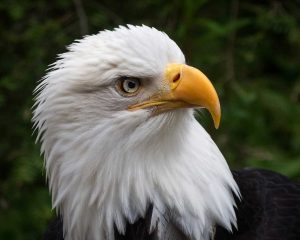Photographing nature
By Julie Hartwig, Tin Can Bay Camera Club
The natural world is one of the most common photographic genres and encompasses birds, animals and insects, flowers and plants, geology and landscape. What distinguishes nature from other genres of photography is that it doesn’t include people or an obvious ‘hand of man’.
Here are some tips to consider when you’re next out enjoying nature with your camera:
- A long telephoto lens or a focal length in excess of 200mm is best for photographing most nature subjects.
- When photographing birds and animals, focus on the eyes – these need to be tack sharp.
- Try to capture your birds/animals/insects engaging in their natural behaviour – interacting with birds/animals/insects, catching/eating food, at play, or just doing what they do in their natural environment. This makes a stronger photo than a bird or animal sitting on a branch doing nothing.
- Remember to leave space in front of your subject (bird or animal) so they have room to ‘move into’ the photo.
- If photographing the whole bird/animal/insect, avoid chopping off bits of the subject’s body. If you’re shooting the bird/animal/insect in portrait-style, zoom in and crop hard in camera. This creates powerful images that viewers can connect with.
- Remember to use continuous shooting mode when photographing birds and animals in motion.
- Look for interesting angles when photographing static subjects in the landscape.
- Be aware of the colour and texture of the landscape and how light accentuates these features.
- Shooting in Aperture or Shutter mode are the best options when photographing nature. Aperture will allow you to control depth of field (which bits of the photo are in sharp focus), while Shutter will allow you to control the movement of your subject (subject is sharp against a blurry background or movement is ‘frozen’).
- If shooting in low light or dull conditions, bump up the ISO to alleviate camera shake and maintain control of aperture and shutter speed.
Happy snapping – more next month!
Tin Can Bay Camera Club’s next meeting: Wednesday September 20 at TCB Library, commencing at 7pm. For more information about club activities and to view members’ images, visit www.tincanbaycameraclub.wix.com/tcb-camera-club.







